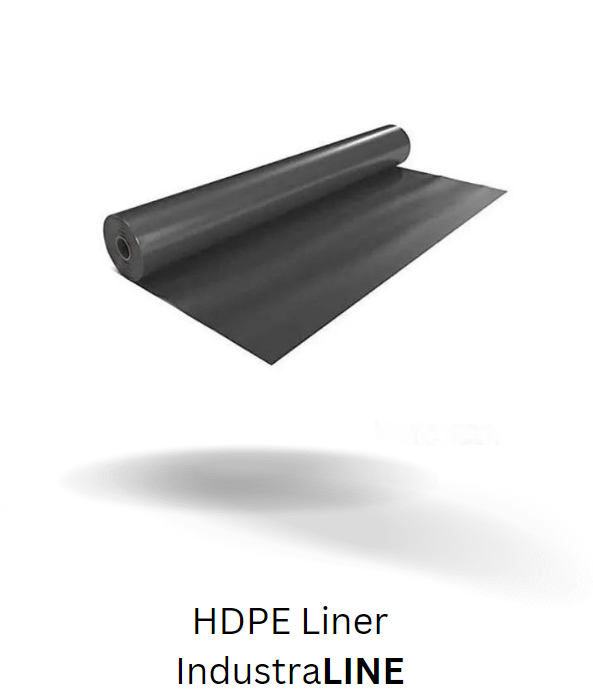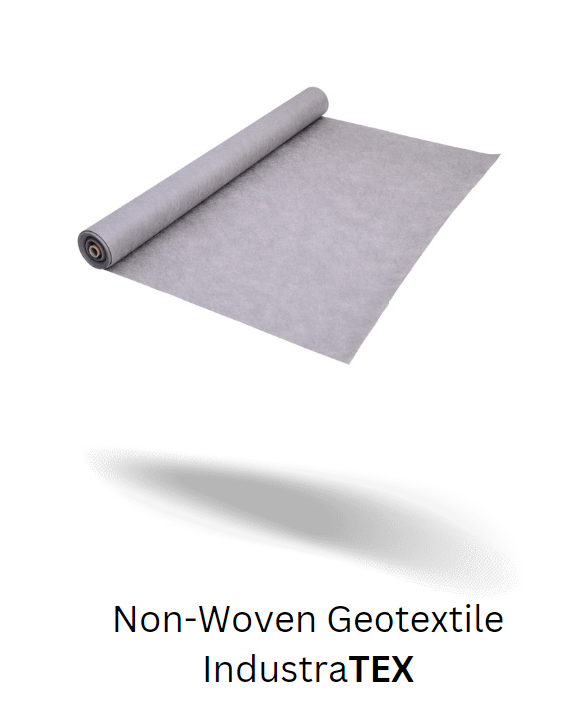Polyester Plastic
Polyester, often associated with stylish clothing and home textiles, is a synthetic polymer that has found its way into numerous aspects of our daily lives. While it’s well-known for its role in the fashion industry, polyester’s versatility extends far beyond fabrics. In this article, we’ll explore the myriad applications of polyester, with occasional mentions of its use in geotextiles.
What is Polyester?
Polyester is a synthetic polymer made from repeating ester units. Its molecular structure gives it remarkable properties that make it useful in various forms, including fibers, resins, and films. Polyester’s strength, durability, and ease of processing have led to its widespread adoption across diverse industries.
Polyester in Textiles
Polyester’s prominence in the textile industry cannot be overstated. Polyester fibers are celebrated for their resilience, wrinkle resistance, and color retention. This fabric has become a staple in clothing, upholstery, and bedding. Its ability to hold vibrant colors and maintain its shape after numerous washes has endeared it to both designers and consumers.


Innovative Uses of Polyester
Beyond the world of fashion, polyester has found innovative applications:
- Geotextiles: Polyester geotextiles play a crucial role in civil engineering and construction projects. They provide strength and durability in soil stabilization, erosion control, and environmental protection efforts.
- Automotive Interiors: Polyester is used in car interiors, particularly for seat upholstery and dashboard coverings. Its durability and resistance to fading make it an ideal choice for the automotive industry.
- Packaging Materials: Polyester films are employed in flexible packaging, offering a barrier against moisture, gases, and UV radiation. This extends the shelf life of food products and protects sensitive electronics.
- Electrical Insulation: Polyester resins are used as electrical insulation materials due to their excellent dielectric properties. They’re vital in the manufacturing of electrical cables and transformers.
- Home Furnishings: Polyester fills pillows and cushions, providing comfort and resilience. Additionally, it’s used in curtains and draperies for its wrinkle resistance and easy-care qualities.
The Green Side of Polyester
Sustainability is a growing concern, and polyester has made strides in this area:
- Recycling: Some polyester products, including textiles, are made from recycled materials, reducing the environmental impact of production.
- Energy Efficiency: Polyester’s lightweight nature contributes to fuel efficiency in the transportation industry, lowering carbon emissions.
- Durability: Polyester’s long lifespan reduces the need for frequent replacements, thus conserving resources.


A Fabric for Modern Living
In conclusion, polyester is a material that seamlessly weaves itself into the fabric of modern life. While we often admire it for its role in fashion and home textiles, its contributions extend well beyond our wardrobes and living rooms. Whether you’re enjoying the comfort of a polyester-filled pillow, driving in a car with polyester interiors, or benefiting from its strength in civil engineering projects, polyester is an unassuming yet indispensable part of our daily existence. So, the next time you encounter this versatile polymer, take a moment to appreciate its multifaceted presence in our world.
















Looking for custom plastic fabrication? Why not check Industrial Plastics, Australia’s Premier Plastic Fabricator!
